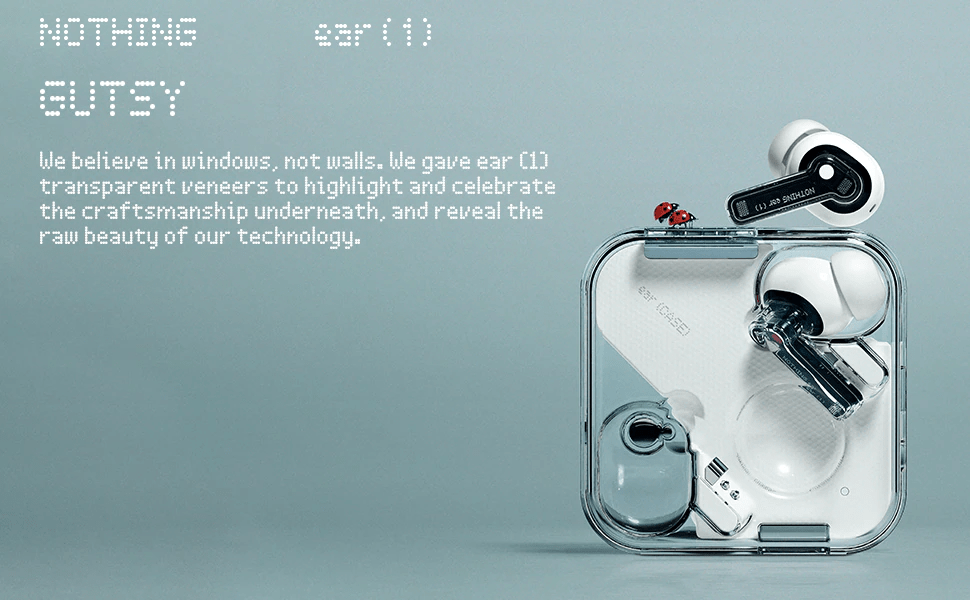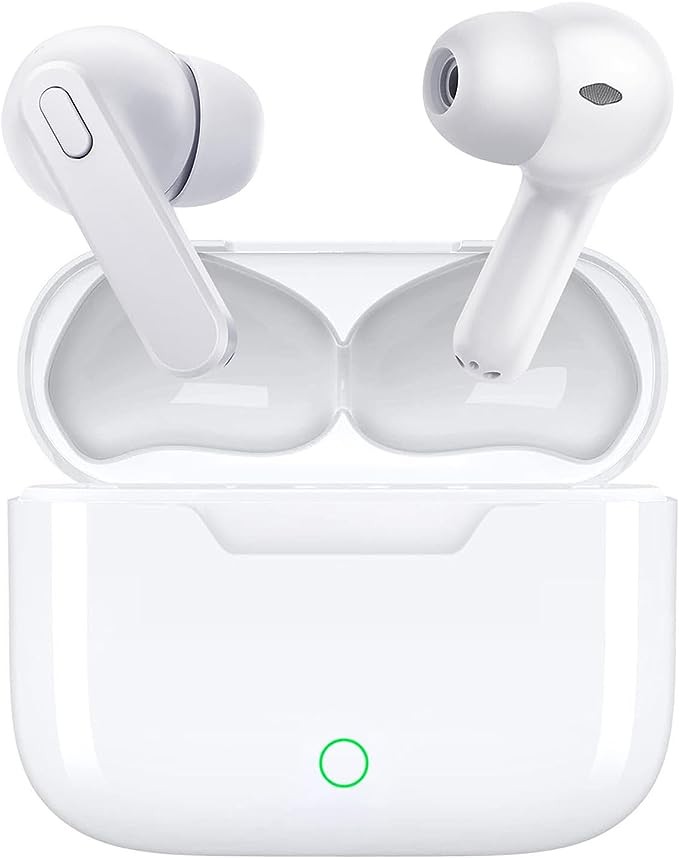I might ruffle some feathers, especially among those who rely on white-labeling, but let’s face it: differentiation creates preference and affinity in the hearts and minds of consumers.
In contrast, commodities often find themselves stuck in a race to the bottom, competing solely on price and convenience. Here’s why investing in design differentiation is not just strategic but essential for long-term brand building.
The Emotional Currency: Building Brands People Love
It’s Not Just What You Sell; It’s How You Make Them Feel

Why It’s Important:
Well-designed products create a deep emotional connection with consumers. Think about the loyalty Apple or Tesla commands. This emotional investment from consumers creates preference and affinity, allowing your brand to not just survive but thrive in the long term.
How Good Brands Master It:
• User-Centric Design: Focus on solving real-world problems for your users, enhancing their overall experience.
• Narrative Building: Use storytelling to add an emotional layer to your product, enriching the brand’s value proposition.
Takeaway:
Emotional connections create brand preference, which translates into customer loyalty and, ultimately, staying power in the market.
The Value of Being Unique: The Apple and Tesla Effect

Differentiation is More Than Just a Buzzword
In a sea of choices, differentiation creates consumer preference and fosters brand affinity. Apple and Tesla are prime examples; they’ve carved their niches through innovative, aesthetically pleasing, and highly functional designs. This allows them to command higher prices and to be etched in consumers’ minds for years.
How Good Brands Master It:
• Quality Over Quantity: Prioritize craftsmanship and high-quality materials.
• Innovate Continuously: Keep challenging the status quo to stay ahead of the competition.
Takeaway:
Being different in a way that adds value can turn your brand from a choice into a preference, from a preference into an affinity.
The Pitfall of Commoditization: Quick Wins vs. Long-Term Losses
When Speed and Scale Aren’t Enough

White-labeled products might offer a fast route to market but at the expense of becoming easily replicated commodities that compete mainly on price and convenience. This lacks the emotional resonance and brand-specific uniqueness that create long-lasting affinity and preference in the market.
How Good Brands Do It:
• Analyze Costs and Benefits: White-labeling may offer short-term gains but understand the trade-off in long-term brand equity.
• Adapt If Necessary: If you must white-label, try to imbue the product with some unique features to stand out.
Takeaway:
Speed and cost-efficiency can be tempting, but remember that commodities often find themselves stuck in a race to the bottom, lacking the staying power that comes with consumer preference and affinity.
In the clash between design differentiation and commoditization, one thing is clear: Differentiation creates lasting brand value by forming preference and affinity in the hearts and minds of consumers.
In contrast, commodities find themselves in an ongoing battle over price and convenience, often failing to achieve long-term relevance. Your choice in this matter will shape the future of your brand. Choose wisely.
Are you tired of white labeling your products and losing market share to brands like Apple and Tesla? Let’s get in touch and discuss your design project.
email: info@hatchduo.com
website: http://www.hatchduo.com
